How to create with Adobe Express inside Acrobat Studio
Adobe's new Express suite is a powerful, AI-based tool to make your PDFs sparkle in minutes
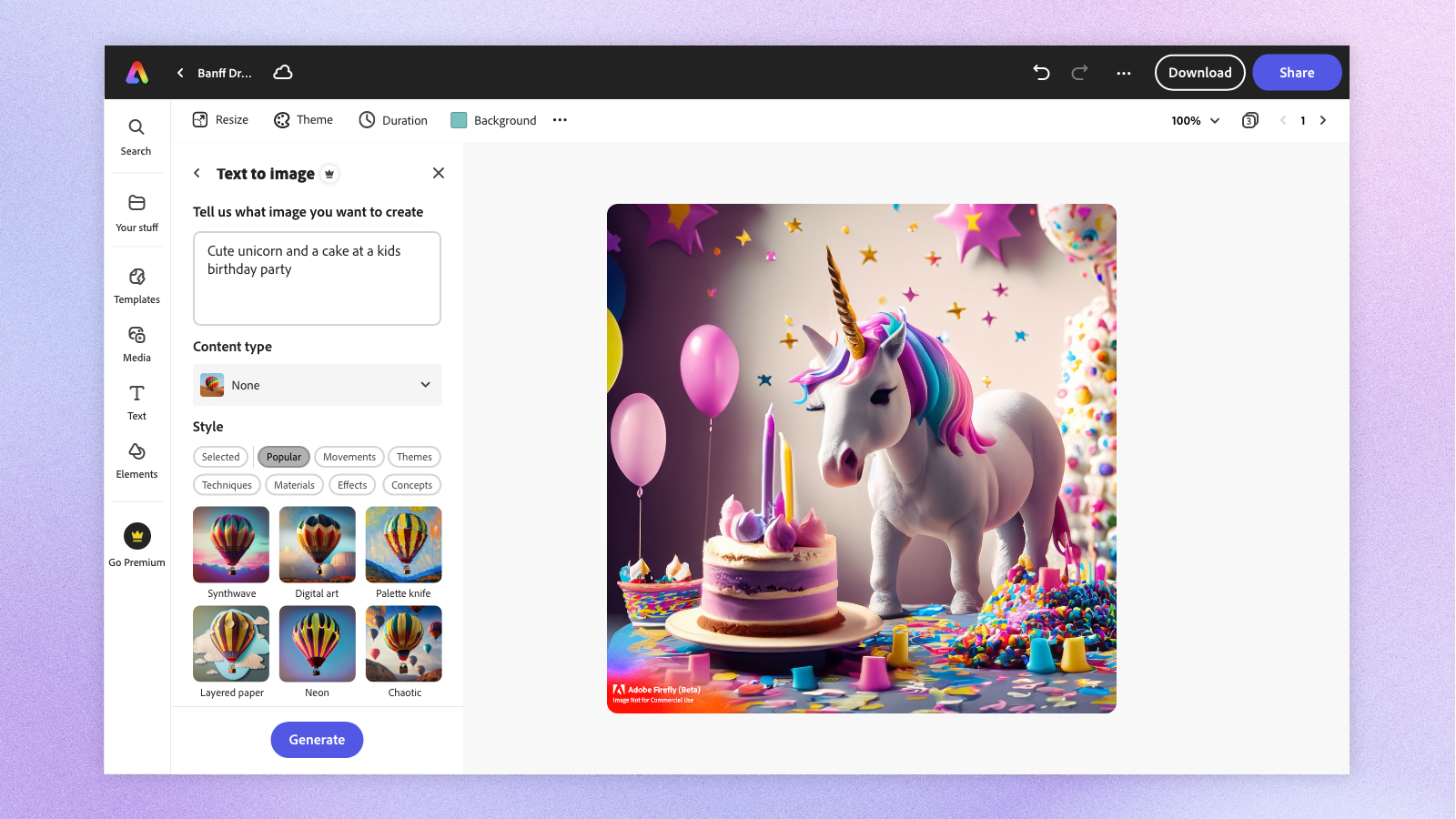
Adobe has been steadily reshaping how we work with PDFs, and its recent Acrobat Studio launch combines the familiar power of Acrobat Pro with new AI-driven tools such as PDF Spaces and the Acrobat AI Assistant.
But perhaps the most eye-catching addition is the full integration of Adobe Express, Adobe’s quick-fire design platform.
For the first time, you can take a plain PDF and, without leaving Acrobat Studio, turn it into something more engaging.
Instead of juggling multiple apps, the tools for both managing and styling documents now live under one roof.
Today, we'll look at how to create with Express inside Acrobat Studio, explain who benefits most from this integration, and explore how it goes beyond simple convenience.
Whether you’re working on a business proposal, a lesson plan, or a personal project, the link between document and design has never been tighter.
Adobe Acrobat Studio is a new way for businesses to access essential PDF tools, unlock insights, and create engaging documents using the integrated Adobe Express. You can find out more by clicking here.
What is Acrobat Studio?
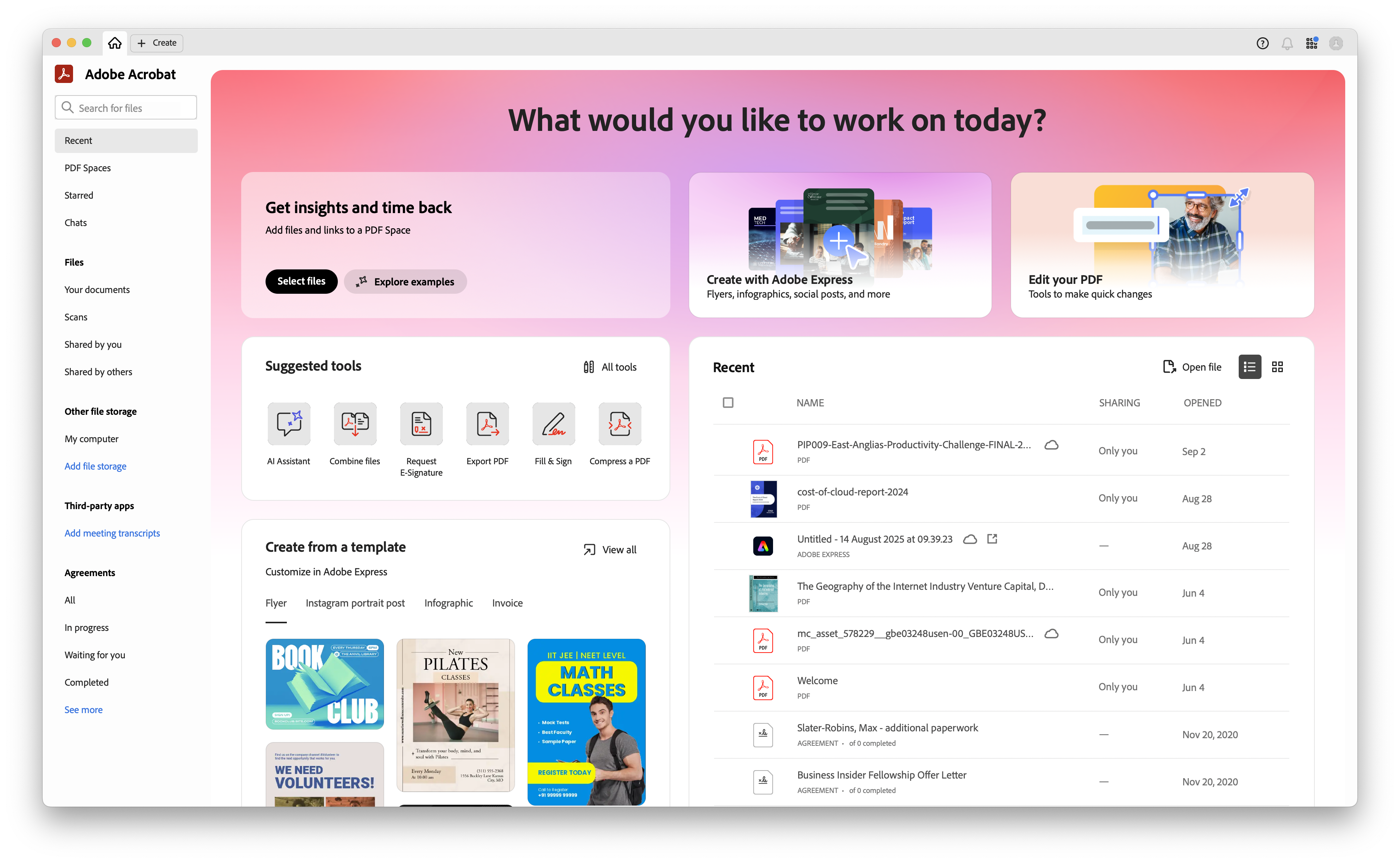
Acrobat Studio, launched in August 2025, is Adobe’s new hub for documents and design. The app builds on Acrobat Pro, keeping the essentials – reading, annotating, editing, exporting – while adding creative and AI-driven tools that make PDFs far less static.
A key upgrade is Adobe Express Premium, bundled for individual Acrobat Standard and Pro subscribers, which lets you take a straightforward PDF and move directly into design mode.
Express templates, brand kits, and Firefly-powered generative AI are now all part of the workflow.
Studio also introduces PDF Spaces, which organise documents around projects and use AI to generate summaries and highlight key details.
Acrobat's AI Assistant complements this with quick answers, concise overviews, and layout or style suggestions.
Not every account includes the same tools: Individual subscribers get Express integration inside Studio, but enterprise users must still access Express separately on the web.
How to create with Express inside Acrobat Studio
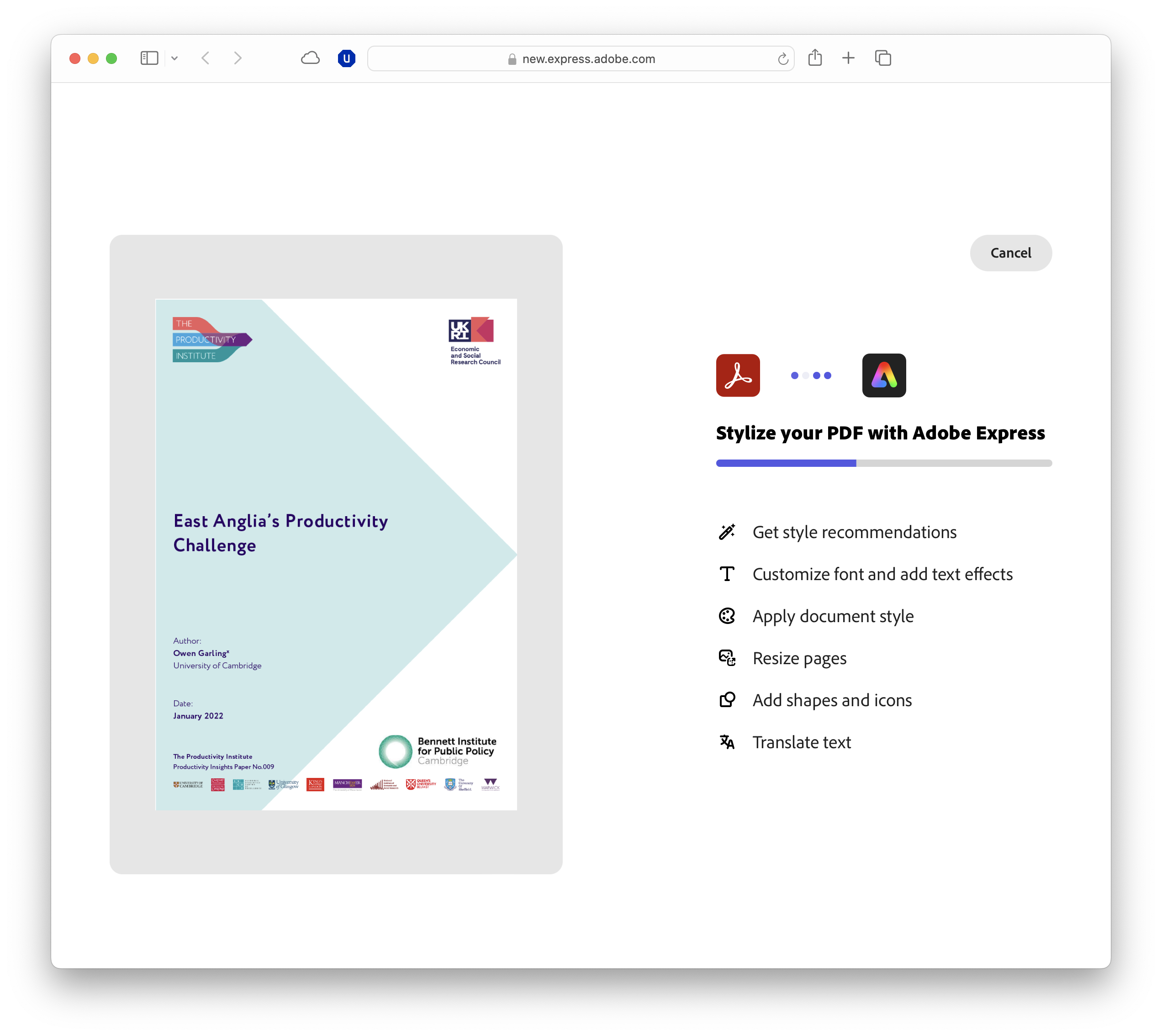
The promise of Acrobat Studio is that you no longer need to leave your document to start designing. With Adobe Express built in, the process of turning a plain PDF into something polished takes just a few clicks.
To do so, follow these basic steps:
- Open your PDF in Acrobat Studio.
- From the top in-app menu (not the menu bar), go to Edit, then look for the options under Design with Adobe Express.
- Choose whether to stylise the PDF, design a new page, or use one of Express’s templates.
- Your file opens in Adobe Express in a browser tab, where you can use the full set of design tools, including templates, brand kits, and Firefly-powered generative features.
- Once you’ve finished, save or export the updated file as a PDF and bring it back into Studio if you need to continue working there.
To give an example, imagine starting with a barebones project report.
Within minutes, you can add a branded header, create a set of eye-catching charts, and apply a consistent style drawn from your organisation’s brand kit.
That same report can then be re-exported as a flyer, a presentation handout, or even reformatted for social media graphics.
There are some limits worth being aware of.
Edits made in Express do not automatically sync back to Acrobat Studio, so you must export your design as a PDF and re-import it, keeping the workflows distinct while ensuring the document remains usable in both apps.
Adobe Express integration
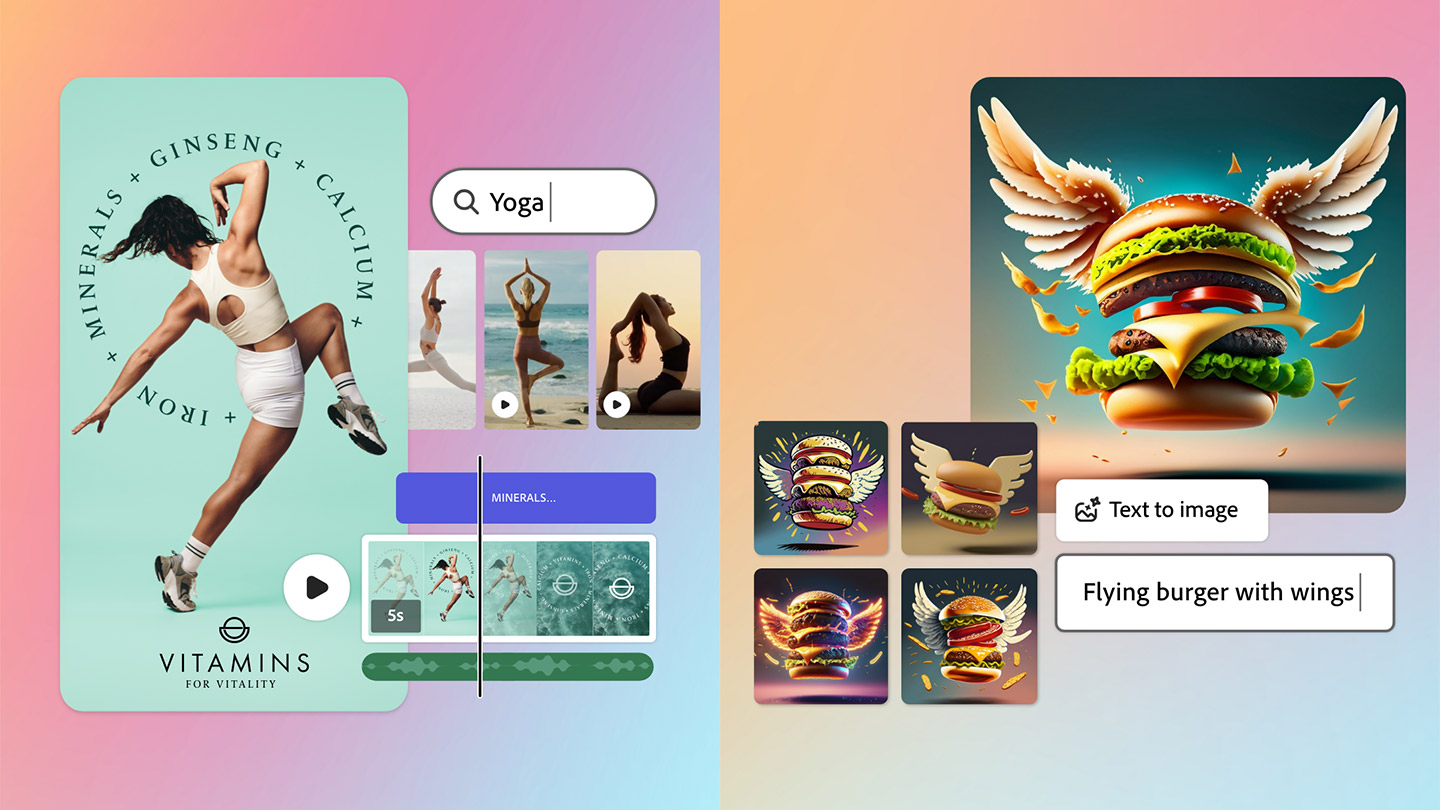
The real value of Express inside Studio shows up in how different people can fold design into their existing document work. By linking editing and creation, the same toolset serves a wide range of tasks.
For business teams, for example, a routine proposal can be transformed into a branded one-pager without leaving the document.
In education, teachers might turn lesson notes into illustrated worksheets, or design a class newsletter directly from their existing materials.
Students benefit too, from shaping essays into more engaging presentations to preparing creative submissions without having to learn a separate design app.
Even personal users gain from the integration. Invitations, CVs, and hobby projects can all be quickly styled with templates and AI suggestions, then exported as clean, shareable PDFs.
Benefits beyond app-switching
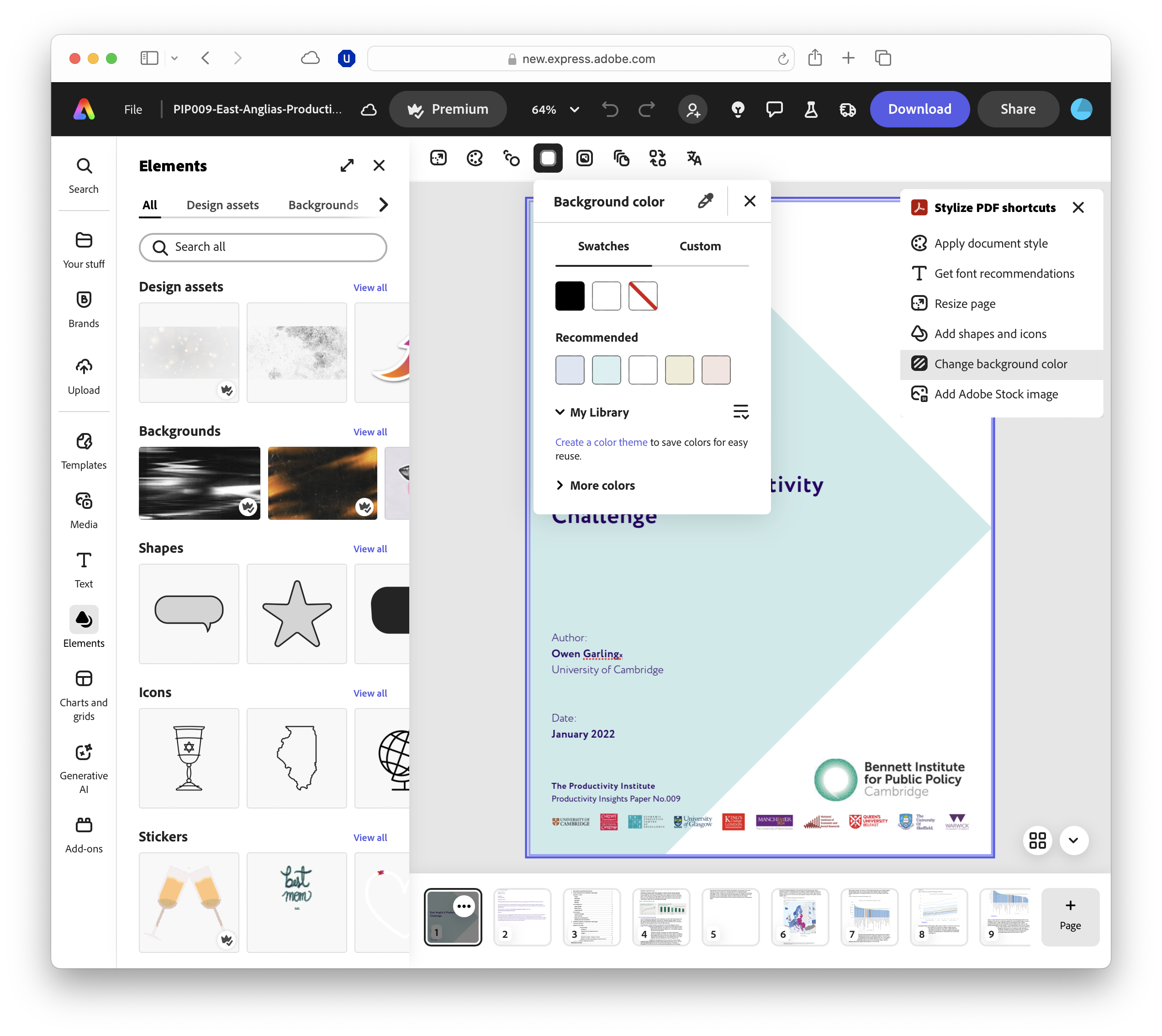
It would be easy to see Acrobat Studio’s Express integration as little more than a convenience feature, but the advantages go further.
By unifying document and design tools, Adobe has set up workflows that can save time, support collaboration, and encourage more consistent output.
Perhaps the clearest benefit is speed. You can take a PDF and move straight into creating polished visuals without exporting or importing files across apps, reducing the friction that often slows down design work.
Consistency is another plus. With Express’s brand kits available inside Studio, businesses can keep fonts, colours, and logos aligned across every output.
AI support adds a further layer. Firefly tools can suggest layouts, generate images, or apply styles in line with the rest of your material.
Combined with the Acrobat AI Assistant, this means documents can be not only styled but also summarised, analysed, or restructured before being shared.
Security and governance also matter. Because the work happens within Adobe’s ecosystem, the same enterprise-grade protections that cover Acrobat extend to Express designs.
What you need to know
While Acrobat Studio’s integration with Express is powerful, there are some points to keep in mind.
For new users, the combination of Acrobat’s established toolset with AI features and design options can feel like a learning curve, and I found that navigating between editing, summarising, and styling requires a little time to settle into.
Subscription costs are another factor. At launch, Studio bundles Express Premium with Acrobat Standard and Pro individual plans, but it is not yet clear how pricing may evolve once the early roll-out period ends.
Looking ahead, though, Acrobat Studio seems to signal a broader shift in how we approach documents. Rather than existing as static end points, PDFs are becoming active elements in creative and collaborative workflows.
For now, the platform already offers a strong case for anyone who needs to combine professional document handling with lightweight design.
FAQs
- Can I use Adobe Express inside Acrobat Studio on any plan? Only individual subscribers to Acrobat Standard or Pro get full Express.
- Do edits made in Express sync automatically back to Acrobat Studio? No. You will need to export your design as a PDF and reopen it in Studio.
- Is Adobe Express inside Studio the same as the standalone version? Yes, it offers the full Express Premium toolset, including templates, brand kits, and Firefly AI features.
- Can I collaborate with others on projects created this way? Yes, you can share PDFs or Express files, with collaboration managed through Adobe’s cloud services.
- Is there an extra cost for using Express inside Studio? For now, Express Premium is included with Acrobat Standard and Pro subscriptions, though future pricing may change.

TechRadar Pro created this content as part of a paid partnership with Adobe. The company had no editorial input in this article, and it was not sent to Adobe for approval.
Sign up to the TechRadar Pro newsletter to get all the top news, opinion, features and guidance your business needs to succeed!
Max Slater-Robins has been writing about technology for nearly a decade at various outlets, covering the rise of the technology giants, trends in enterprise and SaaS companies, and much more besides. Originally from Suffolk, he currently lives in London and likes a good night out and walks in the countryside.

